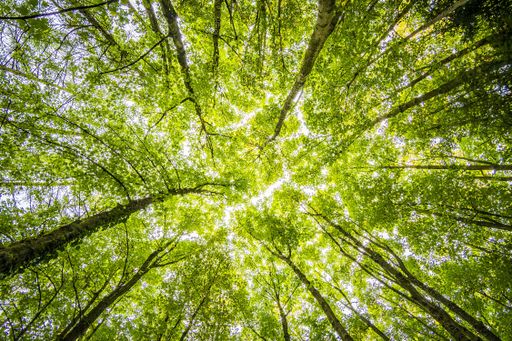Climate experts concerned about vegetation growth on Greenland's ice sheet
Large areas of ice in Greenland have been replaced by barren rock, wetlands, and shrub growth, causing concern among climate experts.

Change in Environment on Greenland
Research shows that significant areas of Greenland's melted ice sheet are now experiencing vegetation growth. This change in environment has replaced large areas of ice with barren rock, wetlands, and shrubs. This transformation increases the risk of greenhouse gas emissions, rising sea levels, and instability of the landscape.
Satellite records reveal that approximately 11,000 square miles of Greenland's ice sheet and glaciers have melted since the 1980s. This is equivalent to the size of Albania and accounts for 1.6% of Greenland's total ice cover. As a result of the ice retreat, the land with vegetation has increased by 33,774 square miles, more than double the initial coverage at the beginning of the study.
Expansion of Wetlands and Methane Emissions
The study also indicates a near-quadrupling of wetlands across Greenland, which contribute to methane emissions. The most significant increase in dense wetland vegetation is observed in the regions of Kangerlussuaq in the south-west and isolated areas in the north-east.
Warmer air temperatures are causing the ice to retreat, with Greenland experiencing a heating rate double the global average since the 1970s. The warmer temperatures have led to further ice loss and subsequent greening of Greenland, as exposed bare rocks are colonized by tundra and eventually shrubs. Additionally, the melting ice releases water that carries sediment and silt, ultimately forming wetlands and fenlands.
Impacts on Coastal Waters and Sea Level Rise
Dr. Michael Grimes, the lead author of the report, highlights the significant effects of vegetation expansion on the flow of sediments and nutrients into coastal waters. These changes are particularly critical for Indigenous populations who rely on these delicate ecosystems for subsistence hunting. Furthermore, the loss of ice mass in Greenland contributes significantly to global sea level rise, posing challenges in the present and future.
The researchers have developed a model based on their findings to predict areas on Greenland that will likely undergo marked and accelerated changes in the future. This ongoing monitoring will help in understanding and addressing the situation more effectively.

